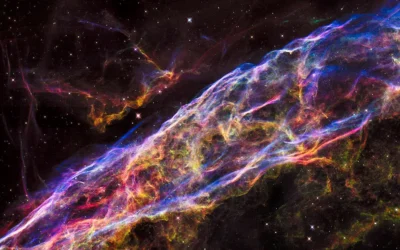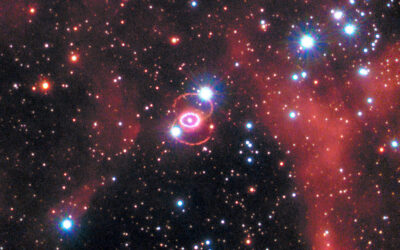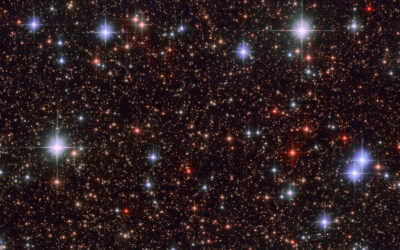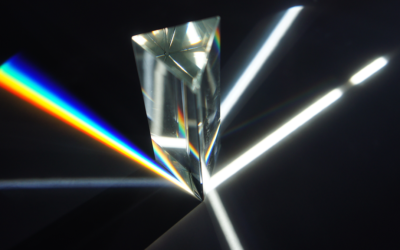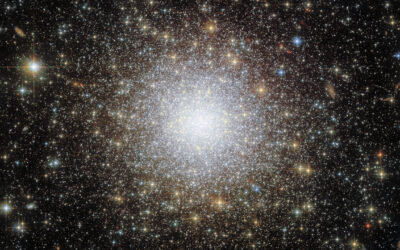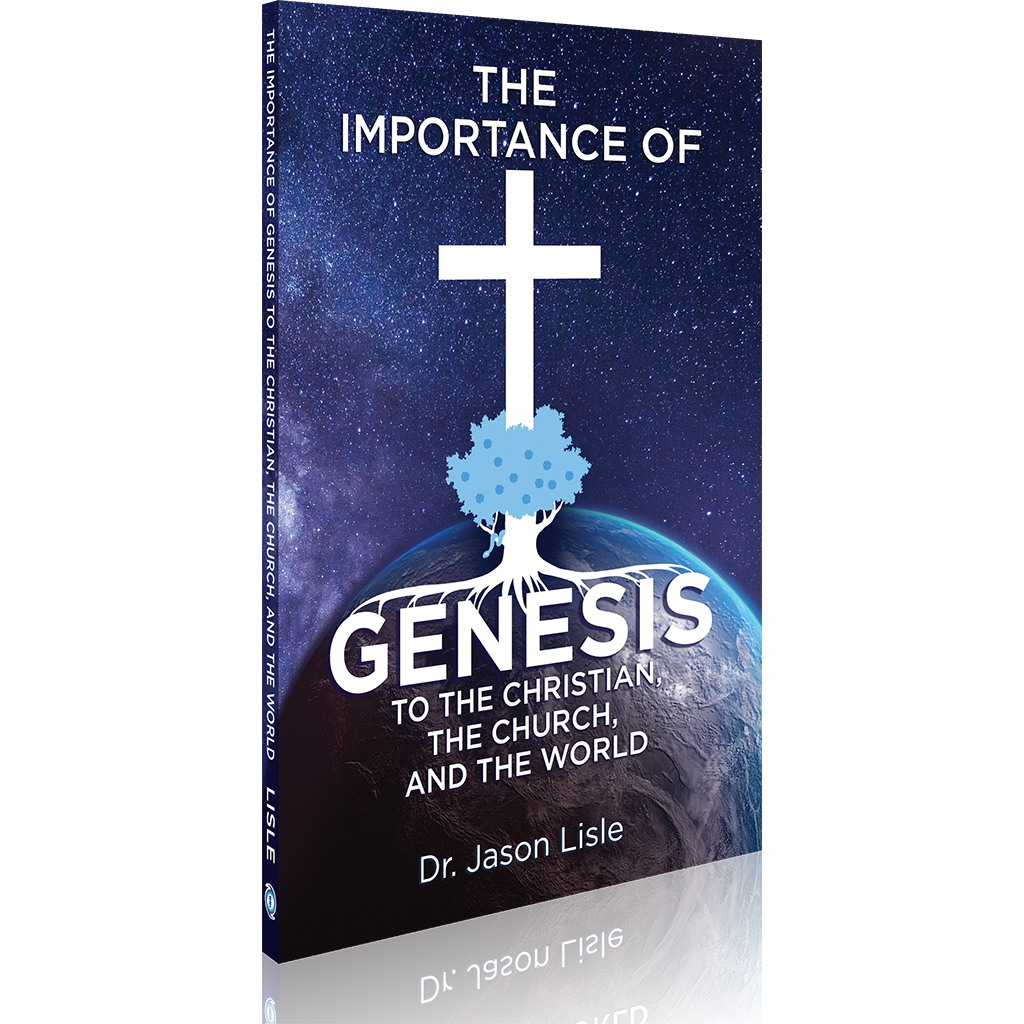
Next YouTube Live Event (Dr. Jason Lisle)
Day(s)
:
Hour(s)
:
Minute(s)
:
Second(s)
Most Recent Articles

Stellar Astronomy: Part 6 – White Dwarfs and Neutron Stars
In a star, the outward flow of energy generated by nuclear fusion in the core balances the inward pull of gravity. Without such fusion, a star would collapse into a very small volume. And indeed, the universe contains objects with a mass comparable to that of a star, but with a size comparable to the Earth. These are called white dwarfs.
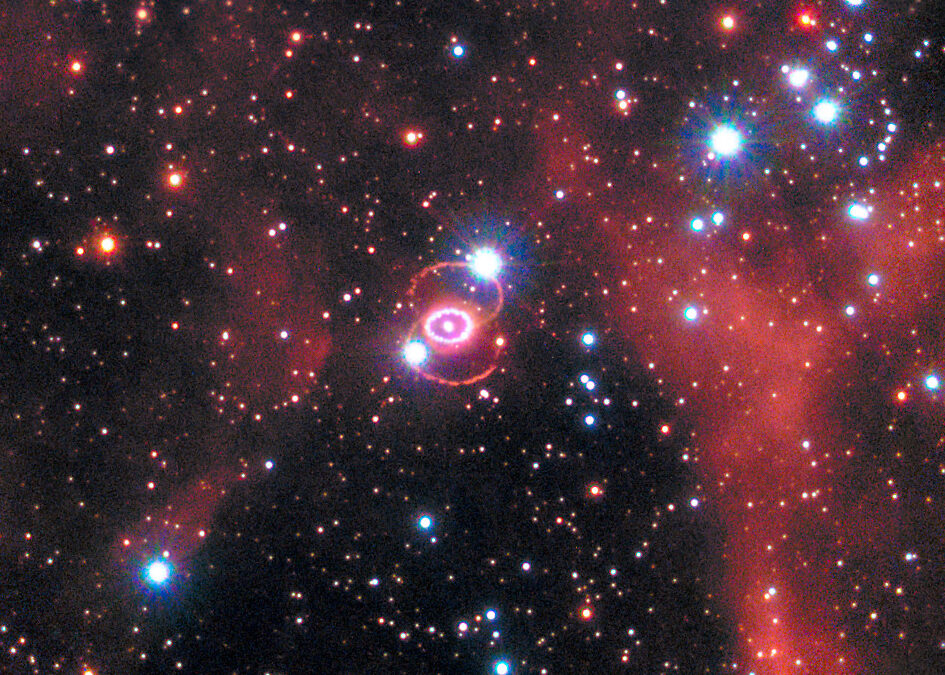
Stellar Astronomy: Part 5 – Variable Stars
How do stars change over time? In parts 3 and 4, we discussed some of the scenarios secular astronomers have proposed for stellar evolution. These included the now-discredited idea that stars evolve along the main sequence from blue to red, along with modern ideas of giants and supergiants being aged stars. Unfortunately, such long-term changes cannot be observed and therefore are beyond the scope of operational science. Nonetheless, some stars change in ways that have been observed in history, and some types of changes are even observable in the present. In particular, stars can change in luminosity, appearing either brighter or fainter over time. These are called variable stars.
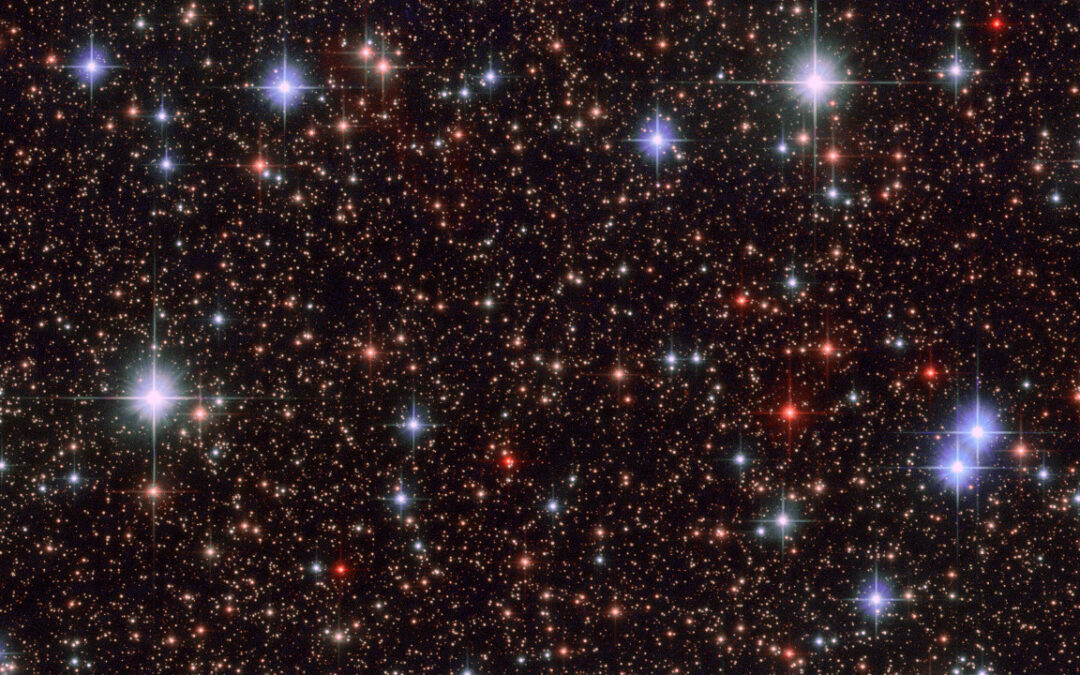
Stellar Astronomy: Part 4 – Of Dwarfs and Supergiants
It is rather amazing what we can know about stars simply by analyzing their light and with rigorous application of logic and mathematics. We can measure the distance to any nearby star using parallax. And by multiplying a star’s apparent brightness by the square of its distance, we can determine its actual luminosity. Furthermore, we can know both the composition and the surface temperature of a star by analyzing the absorption lines of its starlight using a spectroscope. This led to the field of stellar classification and the discovery of the main sequence. But why does this sequence exist? Why are blue main sequence stars so much brighter than red main sequence stars?
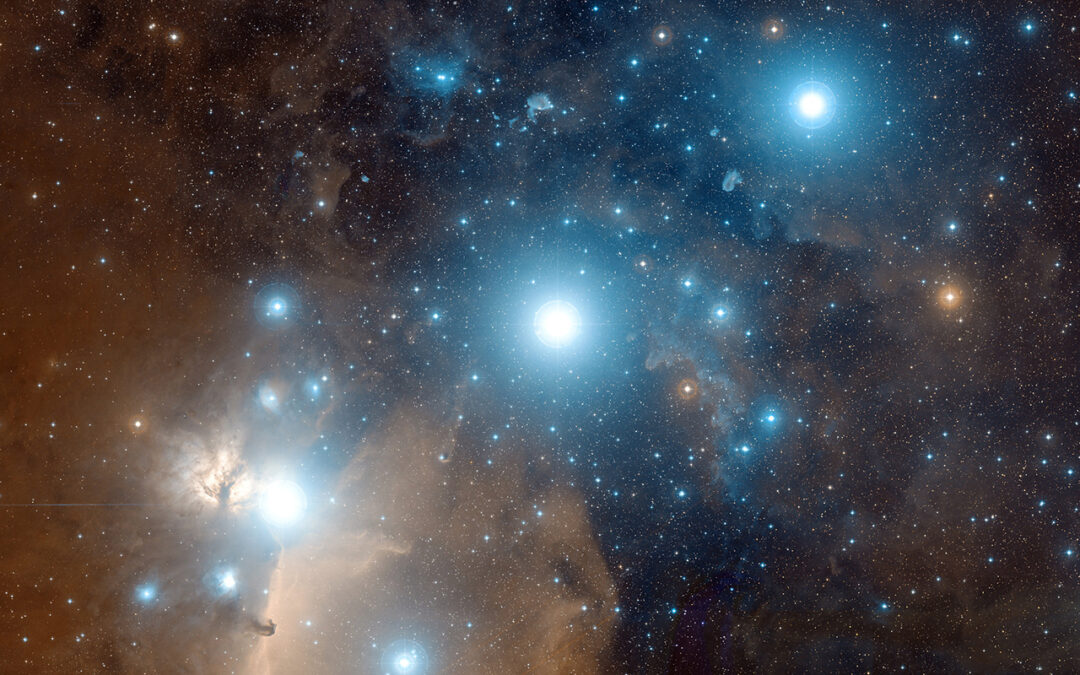
Stellar Astronomy: Part 3 – Classes and the Main Sequence
With the technology available in the nineteenth and twentieth centuries, astronomers made a number of wonderful discoveries about the nature of stars. These included knowledge of the true luminosity of stars as well as their chemical composition and temperature. Although all stars have a similar chemical composition, they come in a wide variety of luminosities and temperatures. As more stars were catalogued, astronomers began to notice a pattern. Secular, evolutionary thinking led to some false interpretations about the cause of this pattern. This lesson in history is an important one for us today.
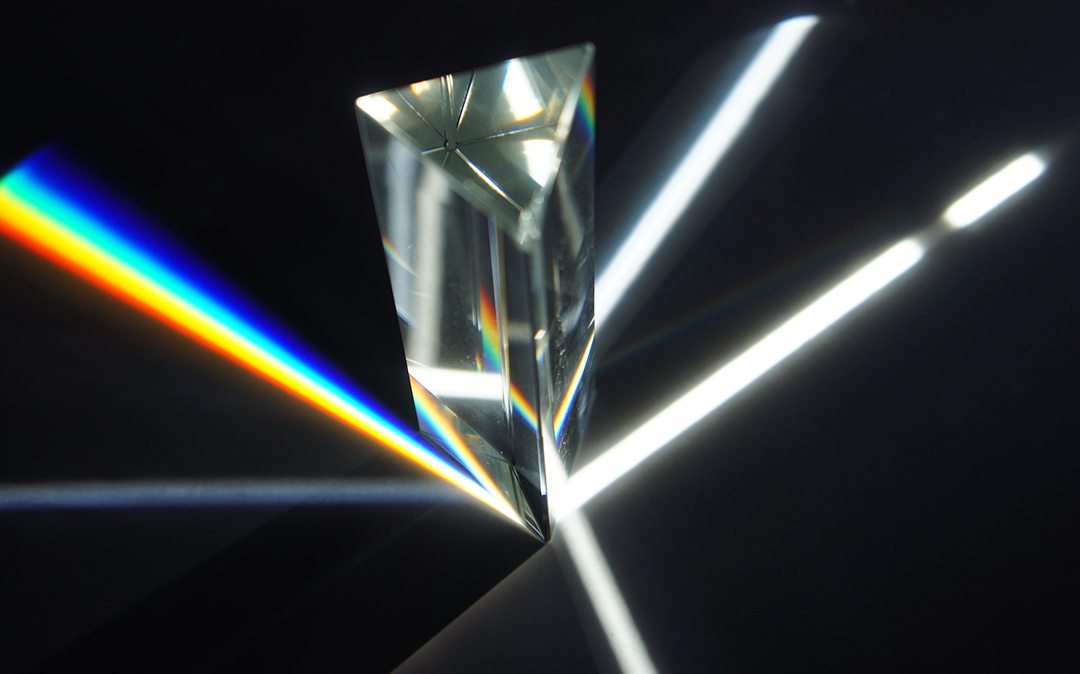
Stellar Astronomy: Part 2 – The Composition of Stars
In part 1, we examined how to measure the distance to relatively nearby stars using parallax. We then showed how astronomers compute the luminosity of a star by comparing its apparent brightness with its distance. This shows that stars are comparable in brightness to the sun. But how do we know that stars have the same composition as the sun? For that matter, how do we know what the sun is made of?
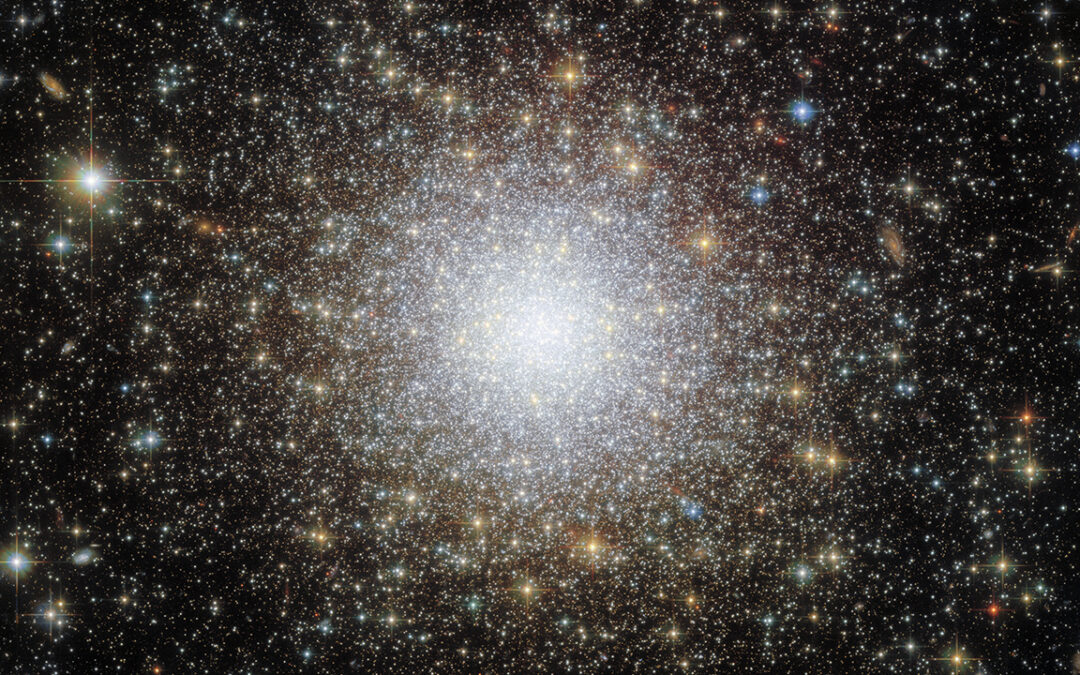
Stellar Astronomy: Part 1 – Distance and Brightness
You can look up just about any star on the internet and find all kinds of fascinating information based on good science: its size, composition, luminosity, distance, coordinates, and so on. But you will also read information that is not accurate because it is based on antibiblical assumptions, such as the star’s estimated age and stage of evolution. Therefore, it is very useful to know something about the history of stellar astronomy to see how we know what we know, and to discern what we really know from what is merely claimed.
Was Paul an Apostle?
We receive all sorts of interesting messages here at the Biblical Science Institute. This one came in some time ago from someone we’ll call “Simon.” Simon seems to deny that the New Testament books authored by Paul are Scripture. Let’s examine Simon’s reasoning.
Stellar Astronomy: Part 6 – White Dwarfs and Neutron Stars
In a star, the outward flow of energy generated by nuclear fusion in the core balances the inward pull of gravity. Without such fusion, a star would collapse into a very small volume. And indeed, the universe contains objects with a mass comparable to that of a star, but with a size comparable to the Earth. These are called white dwarfs.
Stellar Astronomy: Part 5 – Variable Stars
How do stars change over time? In parts 3 and 4, we discussed some of the scenarios secular astronomers have proposed for stellar evolution. These included the now-discredited idea that stars evolve along the main sequence from blue to red, along with modern ideas of giants and supergiants being aged stars. Unfortunately, such long-term changes cannot be observed and therefore are beyond the scope of operational science. Nonetheless, some stars change in ways that have been observed in history, and some types of changes are even observable in the present. In particular, stars can change in luminosity, appearing either brighter or fainter over time. These are called variable stars.
Stellar Astronomy: Part 4 – Of Dwarfs and Supergiants
It is rather amazing what we can know about stars simply by analyzing their light and with rigorous application of logic and mathematics. We can measure the distance to any nearby star using parallax. And by multiplying a star’s apparent brightness by the square of its distance, we can determine its actual luminosity. Furthermore, we can know both the composition and the surface temperature of a star by analyzing the absorption lines of its starlight using a spectroscope. This led to the field of stellar classification and the discovery of the main sequence. But why does this sequence exist? Why are blue main sequence stars so much brighter than red main sequence stars?
Stellar Astronomy: Part 3 – Classes and the Main Sequence
With the technology available in the nineteenth and twentieth centuries, astronomers made a number of wonderful discoveries about the nature of stars. These included knowledge of the true luminosity of stars as well as their chemical composition and temperature. Although all stars have a similar chemical composition, they come in a wide variety of luminosities and temperatures. As more stars were catalogued, astronomers began to notice a pattern. Secular, evolutionary thinking led to some false interpretations about the cause of this pattern. This lesson in history is an important one for us today.
Stellar Astronomy: Part 2 – The Composition of Stars
In part 1, we examined how to measure the distance to relatively nearby stars using parallax. We then showed how astronomers compute the luminosity of a star by comparing its apparent brightness with its distance. This shows that stars are comparable in brightness to the sun. But how do we know that stars have the same composition as the sun? For that matter, how do we know what the sun is made of?
Stellar Astronomy: Part 1 – Distance and Brightness
You can look up just about any star on the internet and find all kinds of fascinating information based on good science: its size, composition, luminosity, distance, coordinates, and so on. But you will also read information that is not accurate because it is based on antibiblical assumptions, such as the star’s estimated age and stage of evolution. Therefore, it is very useful to know something about the history of stellar astronomy to see how we know what we know, and to discern what we really know from what is merely claimed.
Was Paul an Apostle?
We receive all sorts of interesting messages here at the Biblical Science Institute. This one came in some time ago from someone we’ll call “Simon.” Simon seems to deny that the New Testament books authored by Paul are Scripture. Let’s examine Simon’s reasoning.
Live Events
May 18, Oswego, IL
Harvest New Beginnings
9:30 a.m. Importance of Genesis
10:45 a.m. Science Confirms Biblical Creation
May 19, LaSalle, IL
First Baptist Church
9:30 a.m. Worlds of Creation
10:30 a.m. Importance of Genesis
1:00 p.m. Astronomy Reveals Creation
2:10 p.m. Q & A
June 5, Colorado
June 7-9 Colorado
Mesa Bible Church
July 18-21 Bartlett, TN
Subscribe to Newsletter
